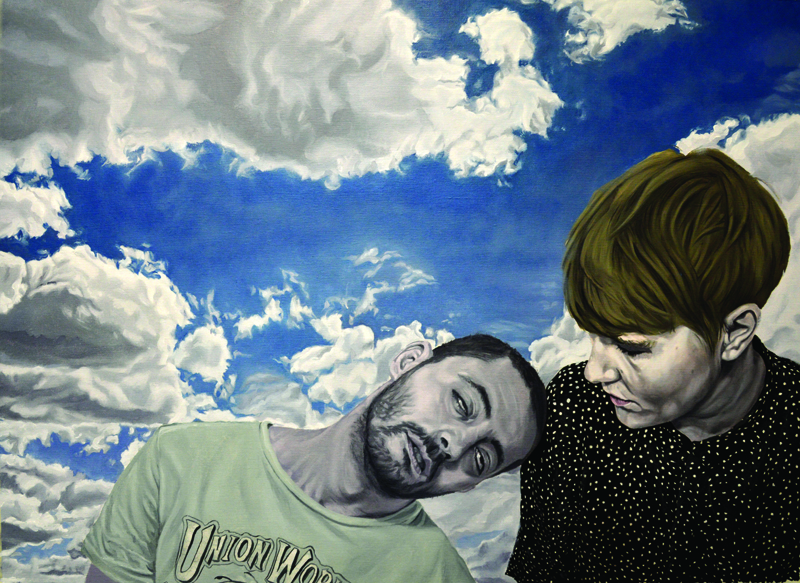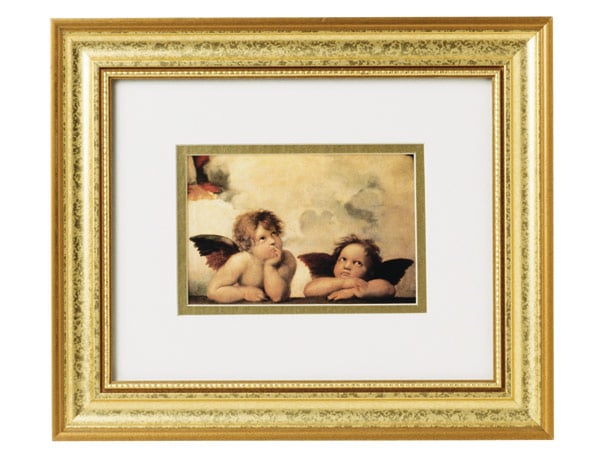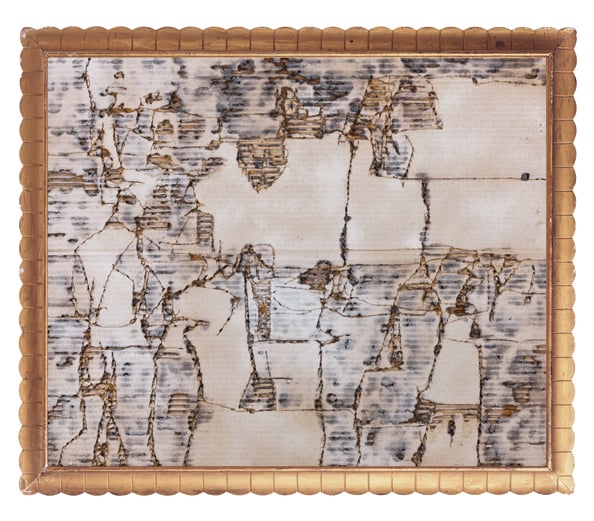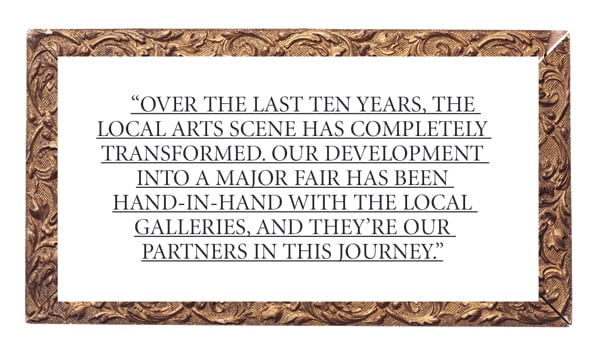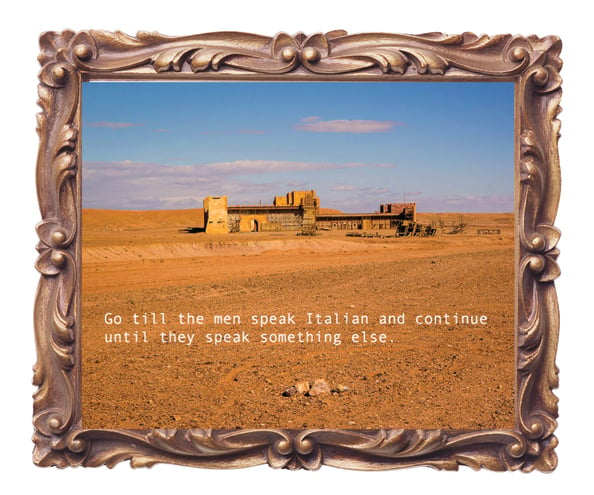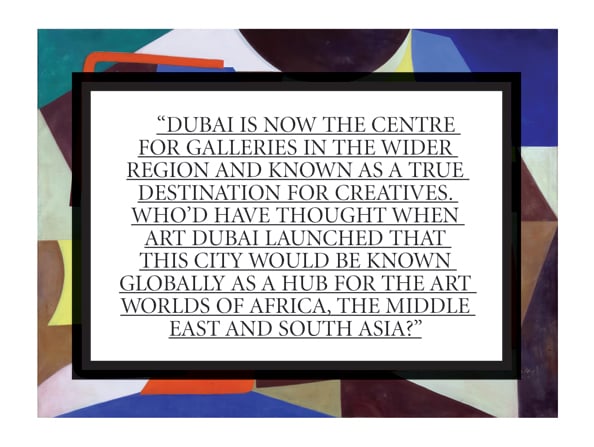In a mere decade Art Dubai, which returns this year from March 16 to 19, has established itself as the world’s most global art fair. Emirates Woman explores this ambitious feat – and the supporting role that the local art scene has played in its success
Do you remember what you were doing back in 2006? Which significant events were shaping the world? Art Dubai’s 2016 campaign celebrates their 10-year anniversary by looking back at a few of the ‘miniscule’ and ‘momentous’ events of the year 2006. Satin black nail varnish on the runways? Miniscule. The hatching of Twitter? Momentous. But the launch of Art Dubai? That was something groundbreaking.
THEN AND NOW
The year 2006 also signalled an important cultural shift for the UAE. It was the year that weekend was officially moved from Thursday to Friday to Friday to Saturday in a bid to become more competitive in the global market. It was the year that the construction on the Burj Khalifa, the world’s tallest building, hit the 50 floor mark and it was the year that international auction house Christie’s held its first auction of International Modern & Contemporary Art in the Middle East.
Since then, Christie’s has gone on to sell over US$235 million (Dhs863 million) worth of art in Dubai; and Art Dubai has established itself as the leading art fair in the Middle East, North Africa and South Asia.
This rapid growth of the local and regional art market and scenes is no happy accident – it is the result of a collective vision (by both government and individuals) to shift the city from ‘global city’ to a ‘global cultural city’. Such insight recognises the potential of art and culture to stimulate economic development – it attracts tourism, high-skilled workers, investment and upgrades the city’s status in global rankings.
Art Dubai plays a key role in Dubai’s cultural growth. As Antonia Carver, Fair Director explains: “Art Dubai acts as a catalyst and focal point, locally and for the wider region…”
Related Story: Christie’s Celebrates Its 10th anniversary In Dubai
THE NEW ESTABLISHMENT
Dubai’s independent art scene and Art Dubai have a symbiotic relationship – both can, and do, function independently of each other, while simultaneously considerably benefitting from each other’s growing success.
“Over the last ten years, the local arts scene has completely transformed,” says Antonio Carver. “Our development into a major fair has been hand-in-hand with the local galleries, and they’re our partners in this journey. The galleries that have been around since the early 2000s, and before, such as Green Art Gallery, The Third Line and IVDE, can tell many stories about the early years, and how – over the years – art-savvy our audiences have become, and how it’s been the local public and art patrons that have driven this homegrown scene – to great effect.”
Many of Dubai’s galleries opened in the city within a few years of Art Dubai’s first fair and participate annually, with the fair offering galleries a large and authoritative audience to which to exhibit their artists’ work. Their year-round promotion of the event locally and internationally, meanwhile, is also helping to put Dubai’s art scene on the map.
Now the arts hub of the city, Alserkal Avenue in Al Quoz, established in 2007, is a thriving community of warehouse galleries and creative spaces. It has recently opened a 250,000-square-foot expansion, effectively doubling its size. Home to most of Dubai most respected contemporary galleries including 1×1 Gallery, Ayyam Gallery, Carbon 12, Elmarsa, Gallery Isabelle van den Eynde, Green Art Gallery, Grey Noise, Lawrie Shabibi, Leila Heller Gallery and The Third Line, it is these galleries that make up the bulk of local representation at Art Dubai.
As Kourosh Nouri, Founding Director of Carbon 12 explains, “Carbon 12, as one of the first galleries in Alserkal Avenue, has witnessed the growth of our ‘district’ from a purely industrial and real-estate driven compound to the most relevant and solid cultural hub in the region. The fact that this is permanent and growing from the base with content and substance is what makes this area exceptional… it’s not another fashionable area subject to the transient nature of the region.”
Related Story: Dubai Restaurants Are The New Art Galleries
REGIONAL HIGHLIGHTS
Dubai-based artists are set to shine this year, most notably in Gallery Isabelle van den Eynde’s fair offering which features conceptual artist Hassan Sharif and the collaborative efforts of Ramin Haerizadeh, Rokni Haerizadeh and Hesam Rahmanian.
Born and raised in Dubai, Hassan Sharif is considered to be a pioneer of experimental art practice in the UAE and Middle East. Following art studies in London he embraced contemporary art mediums using everyday materials to explore the concerns of a shifting society. Ramin Haerizadeh, Rokni Haerizadeh and Hesam Rahmanian are equally as forward thinking with their collaborative approach. Having both lived and worked together in Dubai since 2009, their installations are an energetic wonderland of painted floors, assemblage and collaboratively created objects and directly challenge traditional notions of gallery space.
Green Art Gallery’s booth this year will feature the works of Iranian-born and American trained artist Kamrooz Aram, Turkish artist Hera Büyüktaşçıyan and Syrian artist Jaber Al Azmeh.
The recipient of the 2014 Abraaj Group Art Prize, Kamrooz Aram’s work explores the complex role that non-western art, especially that of ornamental Persian origins, has played in the development of modern art in the west. As beautiful as it is haunting, Hera Büyüktaşçıyan’s installation art deals with themes of memory, space and time. A natural storyteller, Hera draws inspiration from her Armenian-Greek and Turkish heritage of myth and iconography. Syrian artist Jaber Al Azmeh also draws inspiration from his homeland with his recent photographic work heavily influenced by the initial uprising in Syria and the subsequent civil war. Part documentary and part an attempt to make sense of the complete destruction of that which he loves, his works, which encapsulate a struggle for dignity and freedom, are historical artefacts in the making.
Three heavyweight artists of Iranian ancestry, meanwhile, will be making their presence known at Carbon 12. New York-based Sara Rahbar, an artist working predominantly in mixed media sculptures and installations, probes ideas of identity and belonging especially in regards to concepts of nationality. Anahita Razmi, who is now based in Berlin, uses digital and performance artist to make political statements about the Middle East through humour and appropriation while performance artist Ghazel.Ghazel is also a fan of the use of humour to examine culture and identity.
Slightly further afield, the MENA region is admirably represented by Elmarsa Gallery which specialises in modern and contemporary art from North African countries such as Tunisia, Algeria, Morocco and Egypt. This year’s contemporary artists include Tunisian artists Atef Maatallah, Thameur Mejri, Khaled Ben Slimane and Slimane El-Kamel.
Antonia Carver credits Dubai’s pre-eminence in the world of art – be it to showcase regional artists or international talent – to the city’s pioneering spirit. “Dubai is now the centre for galleries in the wider region and known as a true destination for creatives. Who’d have thought when Art Dubai launched that this city would be known globally as a hub for the art worlds of Africa, the Middle East and South Asia?” she enthuses. “Of course,” Antonia sums up, “the art, design, music and fashion scenes are all so intertwined, and today’s hang-outs – whether Dubai Design District or Alserkal Avenue – play up to the strengths of our can-do city.”
Related Story: How To Start your Own Business In The UAE
A NUMBERS GAME
Last year over 25,000 visitors walked through the halls of the Madinat Jumeirah over 4 days and 2016 is set to welcome an even more diverse audience of art lovers, artists, collectors, patrons, galleries and investors.
This year 94 galleries from 40 countries will be exhibiting the work of over 500 artists representing 70 different nationalities. Countries to participate for the 1st time include Georgia, Ghana, Lithuania, neighbouring Oman, Palestine, Sri Lanka and the Philippines (which will also be the focus of this year’s Marker programme.)








